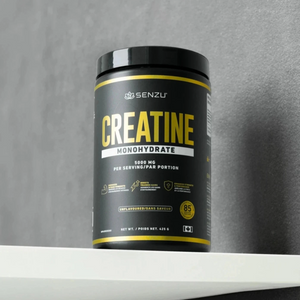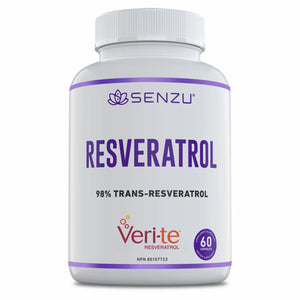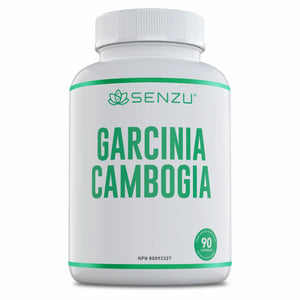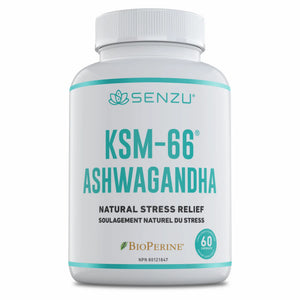Importance of Rest Days in Your Exercise Routine

If you're chasing gains, pushing your limits, or trying to hit a new PR, it might feel like taking a day off is a step backward. But here’s the truth: rest days are essential for progress.
Whether you're training for hypertrophy, endurance, or fat loss, your body—and mind—need time to recover and rebuild. Rest is where growth actually happens. In this article, we’ll break down why rest days aren’t just a nice-to-have but a non-negotiable part of any serious fitness routine.
What Happens to Your Body During a Workout
When you train—whether it's lifting heavy, grinding through HIIT, or running long distances—you’re putting your body under stress.
Muscles are damaged on a microscopic level, your central nervous system gets taxed, and glycogen stores are depleted.
According to the National Academy of Sports Medicine, exercise triggers inflammation and muscle protein breakdown. This is completely normal and necessary for adaptation. But without proper recovery, these stressors accumulate and eventually lead to diminished returns—or worse, injury.
The Benefits of Rest Days
Muscle Recovery and Growth
Recovery time is when muscles rebuild, repair, and grow stronger. During rest, your body synthesizes proteins and replenishes energy stores.
If you’re constantly tearing down muscle without giving it a chance to recover, you could be sabotaging gains. Research in the Journal of Strength and Conditioning Research shows that insufficient rest leads to reduced muscle repair and even increased risk of overuse injuries.
Injury Prevention
Overtraining is a major cause of injuries like tendonitis, joint pain, and stress fractures.
When your body doesn't get a break, even minor imbalances or weak links can become serious issues.
Rest allows tendons, ligaments, and connective tissues to heal and adapt alongside muscles.
Improved Performance
Taking time off doesn’t make you weaker—it primes your body to perform better.
Recovery helps reset the central nervous system and restore hormonal balance. Studies show that structured rest days can actually lead to improvements in strength, endurance, and aerobic capacity. Your next workout will feel stronger, faster, and more focused when you’re properly recovered.
Mental Health and Motivation
Beyond the physical, training non-stop can lead to burnout. Rest days are critical for maintaining enthusiasm and mental sharpness.
Cortisol, your body’s stress hormone, stays elevated when recovery is neglected, which can cause fatigue and irritability.
A rest day can boost mood, lower stress, and bring back your drive to train hard. The American Council on Exercise emphasizes that scheduled breaks are essential for long-term adherence and enjoyment.
Signs You Might Need a Rest Day
Your body sends signals when it's time to rest. These include persistent soreness, lack of motivation, sleep disruptions, elevated resting heart rate, and plateaued or declining performance.

If your workouts start feeling harder than usual or you dread heading to the gym, it’s probably time to hit pause. Keeping a training log or using wearable fitness trackers can help monitor recovery needs and prevent overtraining.
Active Rest vs. Complete Rest
Not all rest days mean sitting on the couch. Active rest—low-intensity movement like walking, stretching, yoga, or mobility work—can promote circulation and speed up recovery without adding more stress.
Complete rest, on the other hand, is about doing as little as possible to allow full systemic recovery. Choosing between the two depends on your current training intensity and goals. According to Healthline, active recovery may reduce muscle soreness and boost mood, making it a solid option for most rest days.
How Often Should You Take Rest Days?
There’s no one-size-fits-all rule, but most fitness experts recommend at least one to two rest days per week. If you're new to training or doing high-intensity work, more frequent rest might be necessary. Advanced athletes often use periodization with rest built into their weekly cycles or incorporate deload weeks. Even elite competitors schedule time off to avoid burnout and improve long-term performance. The key is to match rest frequency with training volume, intensity, and your own recovery capacity.
Tips for Making the Most of Your Rest Days
Recovery isn’t just about what you stop doing—it’s also about what you start doing. Prioritize high-quality sleep, as it’s during deep sleep that most muscle repair happens.
Stay hydrated and eat nutrient-dense meals rich in protein, healthy fats, and complex carbs.

Consider foam rolling, massage, or gentle mobility drills to reduce tension and enhance circulation.
Also, take time for mental reset—read, spend time in nature, or practice mindfulness to keep stress levels low. These habits amplify your gains by making recovery proactive, not passive.
Conclusion
Taking rest days isn’t weakness—it’s wisdom. Recovery is where the magic of training happens. It supports muscle growth, protects against injury, sharpens your mental edge, and prepares your body to perform at its peak.
If you’re training hard, you owe it to yourself to recover just as seriously. Build rest into your plan, listen to your body, and remember: the grind only works if you also give yourself time to recharge.

















